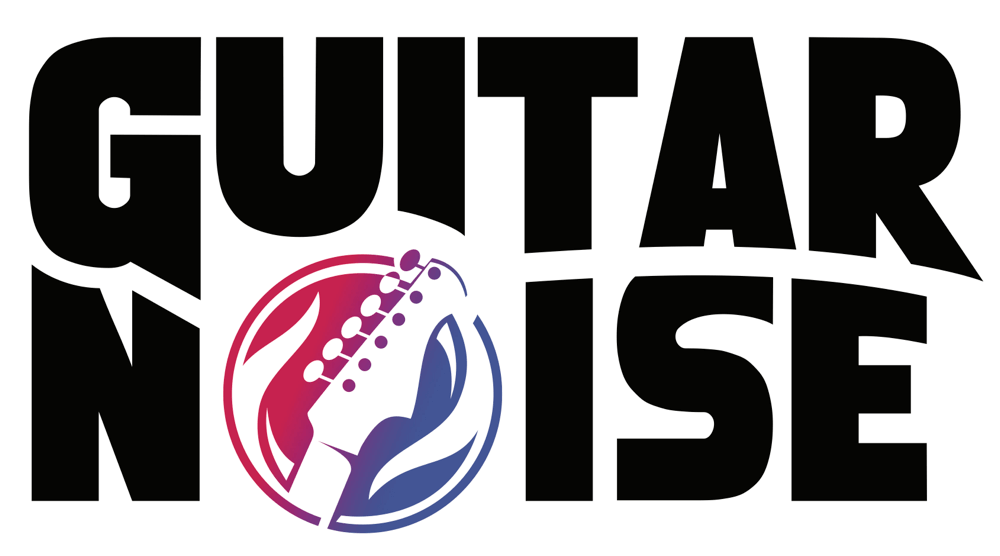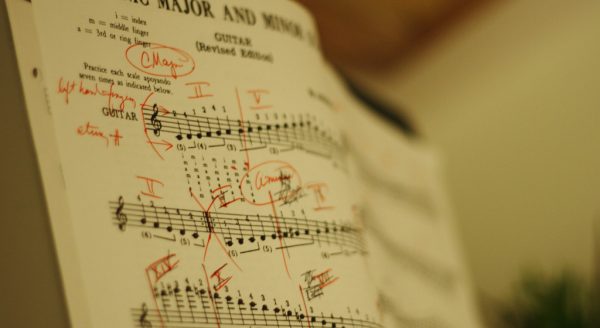The Amazing Pentatonic Scale
You may have learned about the pentatonic scale in school, or maybe you have come across it already while playing guitar. It is a simple scale that may seem limited, but instead gives you access to an entire world of music. Every guitarist should be able to play basic pentatonic scales and we will show […]



